This astonishing construction was built with an incredible accuracy, far beyond the one achievable by our current technology.
Further more,its dimensions and the proportion between them have meaningful relations with the Sacred Geometry.
For example, the ratio of the apotem to half the base obeys the Golden Ratio and the perimeter of its base equals that of a circle with a radius equal to its height.
Also, the angles of the Great Pyramid hide the Euler number.
First, for a better understanding,we need to review the properties of the Kepler triangle.
Then we will show that the dimensions of the Earth and Moon obey the same proportions as the dimensions of the Great Pyramid, and that they can be directly obtained using the Phythagorean 3-4-5 triangle. And finally, we will show how the exact dimensions of the Great Pyramid obey a very simple formula related to the cubes of some specific integer values.
We know there is only one right-angle triangle whose sides are in an arithmetic progression, the Phythagorean 3-4-5 triangle.
Similarly, there is only one right-angle triangle with edge lengths in a geometric progression, known as Kepler triangle.
Do you guess what magic number is involved in this triangle? Yes, as it could not be another way, it is the Golden Ratio!
The sides of Kepler triangle obey the progression
This triangle approximates the Squaring of the Circle with an error of 0.096% , which exemplifies the known relationship between π and φ:
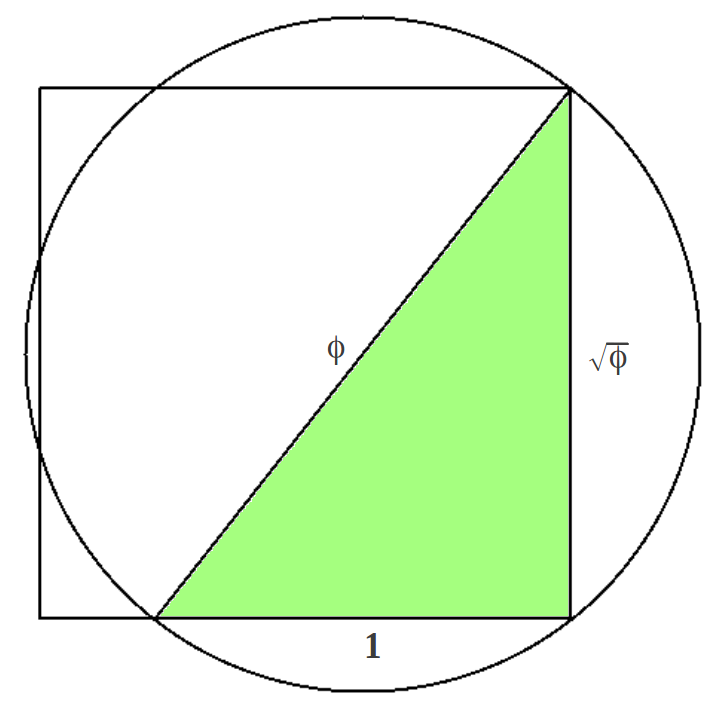 |
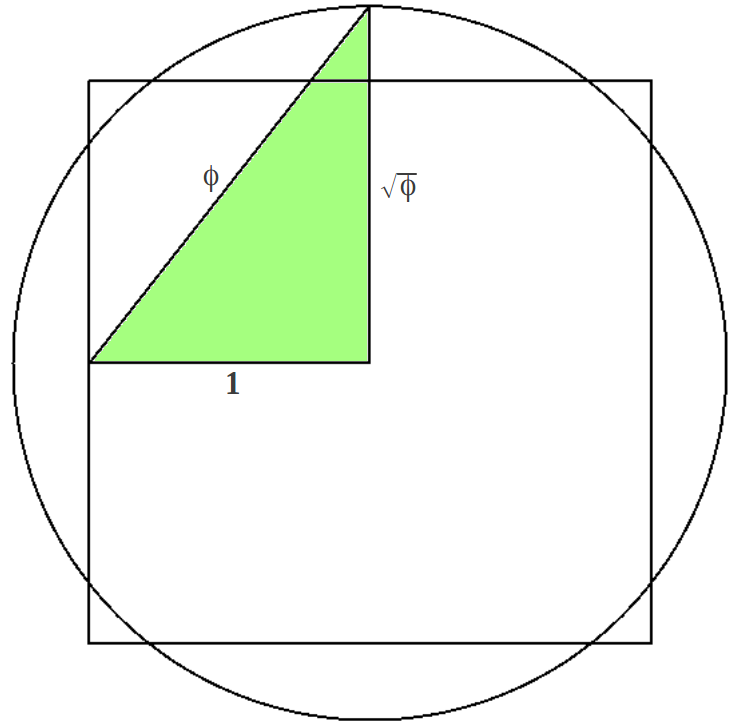 |
But the Great Pyramid squares the circle with a better approximation than the one obtained from Kepler triangle.
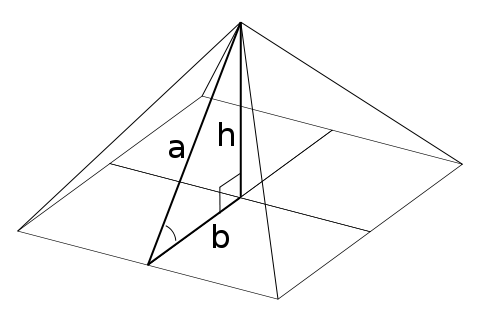 |
2b | h |
| 440 ec | 280 ec | |
| 755.9 ft | 481.0 ft | |
| 230.4 m | 146.6 m | |
| Table 1: Accepted dimensions of the Great Pyramid of Giza (from Wikipedia), given in egyptian cubits (ec), in feet (ft) and in meters (m). | ||
1. An amazing property is the presence of
the Golden Ratio
in the Great Pyramid with a high accuracy, as the ratio of the apotem to half the base:
2. The Great Pyramid also exemplifies in stone
the Squaring of the Circle.
If you draw a circle with radius equal to its height, its perimeter will be the same as the base of the pyramid with an error as low as 0.04%:
The fact that the Great Pyramid approximates the Squaring of the Circle with a better accuracy than Kepler triangle is due to the use of the rational approximation of π/2 in the ratio of height to base :
Therefore the rational approximation πr of π is given by:
3. The dimensions of the Great Pyramid also hide another important number in science,
the Euler number e.
Rick Howard's research has shown that the ratio of the two angles in the triangle a-b-hin the Great Pyramid (Table 1) provides a very accurate approximation er of e:
The following table illustrates and summarizes the three key numbers contained in the
dimensions of Great Pyramid of Giza:
| Key Number | Exact Value | Great Pyramid | Error |
| φ | 1.618033989 | 1.618590347 | 0.03% |
| π | 3.141592653 | 3.142857153 | 0.04% |
| e | 2.718281828 | 2.71732398 | 0.04% |
| Table 2: Key numbers hidden in the dimensions of the Great Pyramid of Giza. | |||
4.The Great Pyramid also contains the diameter of the Earth and Moon.
The squaring of the circle in the Great Pyramid of Giza is a diagram that allows the precise determination of the diameter of both the Earth and the Moon. You need to draw an incribed circle inside the square (the Earth) and a small circle centered at the apex and tangent with the preceding one (the Moon). At each side on top of them there are two exact 3-4-5 Pythagorean triangles (Figure above).
From it and the proportions of the Great Pyramid as shown in the figure above,
the diameter of the Earth and Moon in miles can be directly determined:
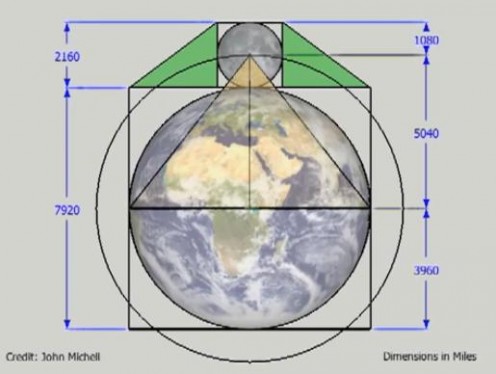
4.
Angkor Wat is 4,745 miles from
the Great Pyramid and the Great Pyramid is 7,677
miles from Nazca. This is a precise expression
of φ:
4,745 x 1.618 = 7,677
|
A very beautiful perspective shows the φ ratio encoded in the distances between these ancients sites :
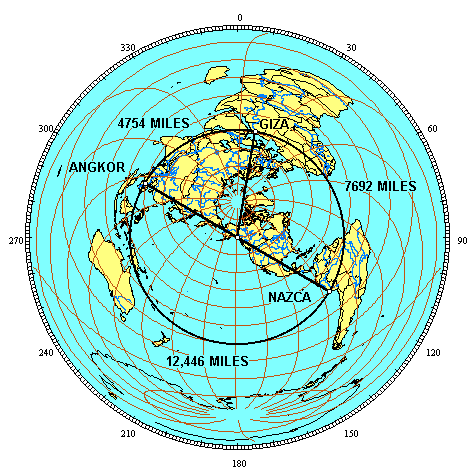
4,754 x 1.618 = 7,692
4,754 + 7,692 = 12,446
7,692 x 1.618 = 12,446
At a higher astronomical scale, it is known that the Great Pyramid hides
the grand cycle of Precession of the Equinoxes of our solar system around the central sun of the Pleyades (25827.5 years)
in many of its dimensions (for example in the sum of the diagonals of its base expressed in pyramidal inches).
It is also well known that the three pyramids in the Giza complex are aligned with the stars in the Belt of Orion.
The interested reader is directed to the extense research of catalan architect Dr. Miquel Pérez for further information.
It appears that we can draw a single conclusion from all the preceding: the architects of the Great Pyramid of Giza were extremely wise beings, with an advanced knowledge of math and astronomy far beyond the standard of their time, far beyond our own current knowledge.
The source of information for this post were :
http://www.sacred-geometry.es/en/content/phi-great-pyramid
http://home.hiwaay.net/~jalison/phi2.html
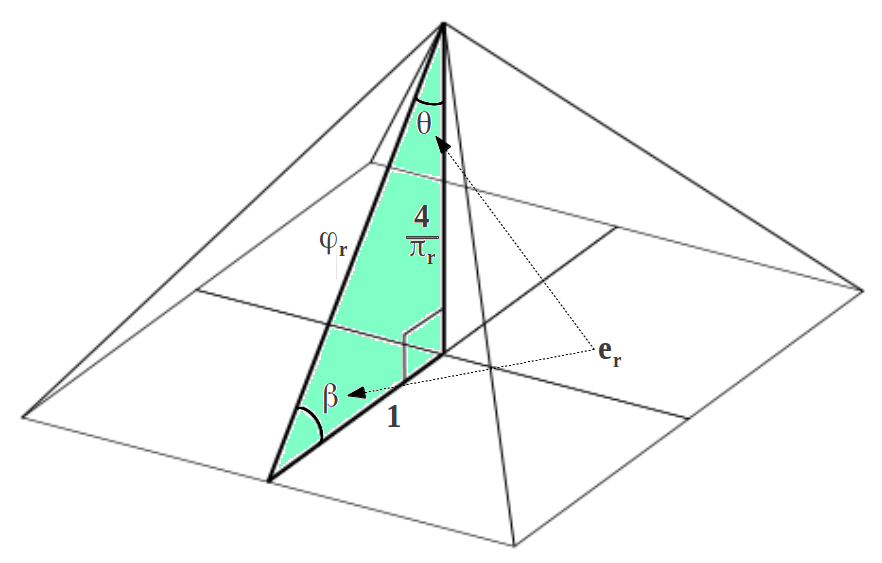
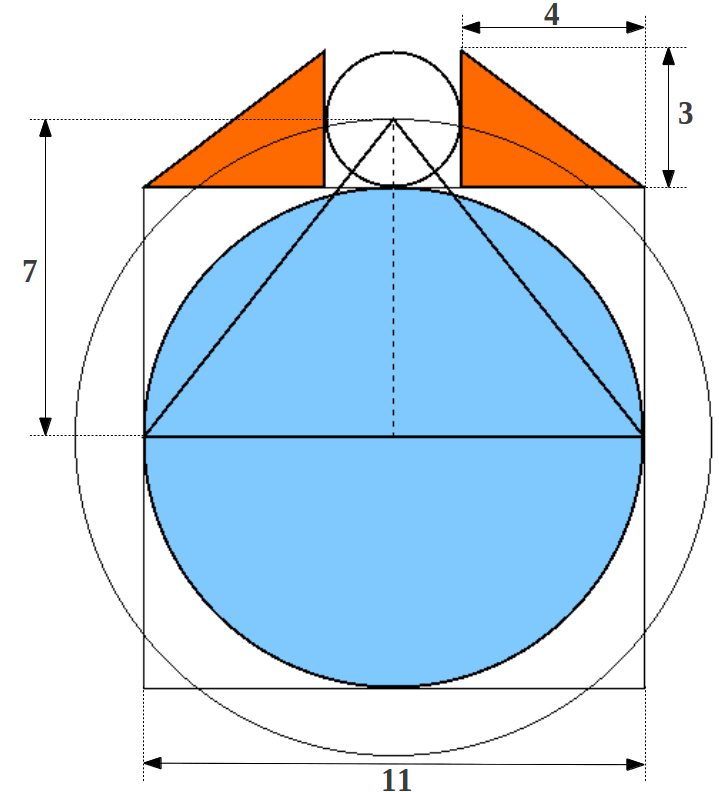
Niciun comentariu:
Trimiteți un comentariu